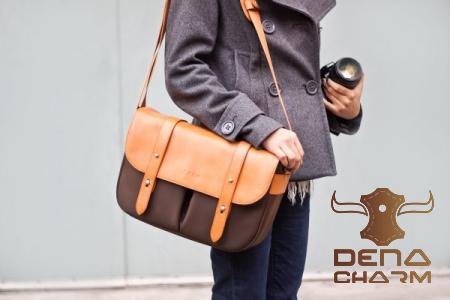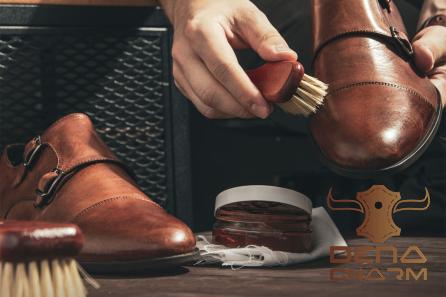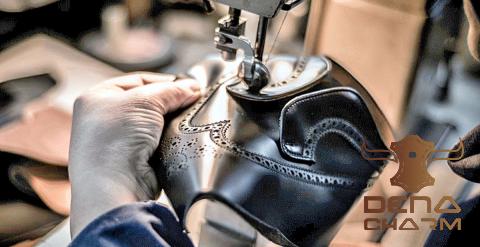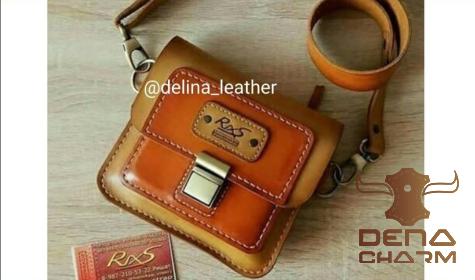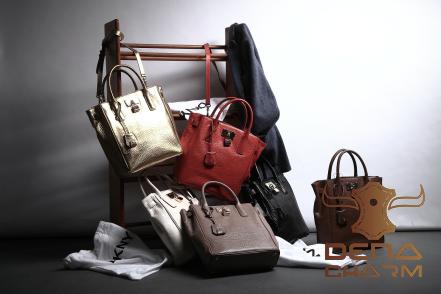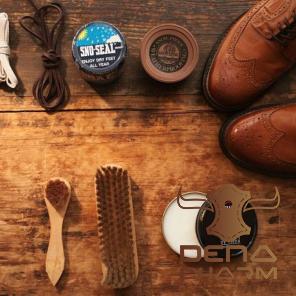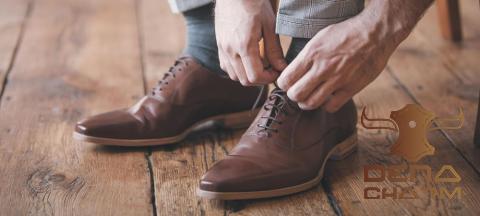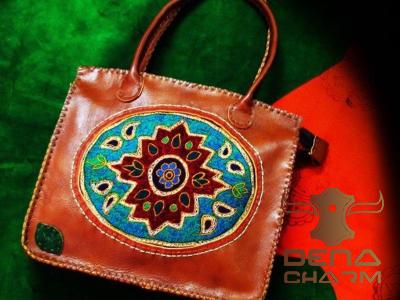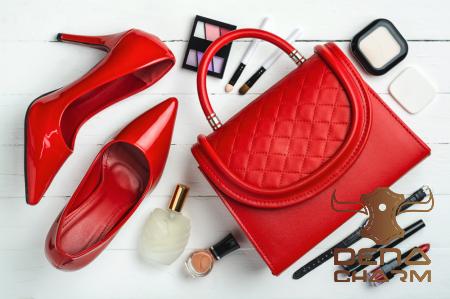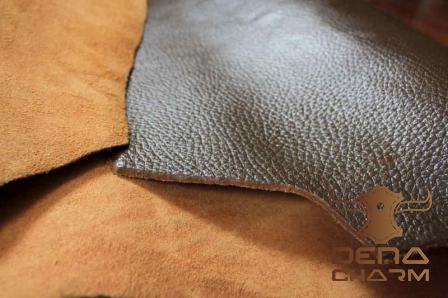When it comes to leather, there are various types available in the market today. Two commonly known options are sheep crust raw material and real leather. Both have their unique characteristics and qualities, catering to different tastes and preferences of consumers.
The Highest Quality of Sheep Crust Raw Material vs Real Leather
Sheep crust raw material is the product of sheepskin that has undergone a tanning process. This material is primarily used for manufacturing leather products. It has a distinct texture and appearance, resembling that of genuine leather. However, it is necessary to differentiate between sheep crust raw material and real leather.
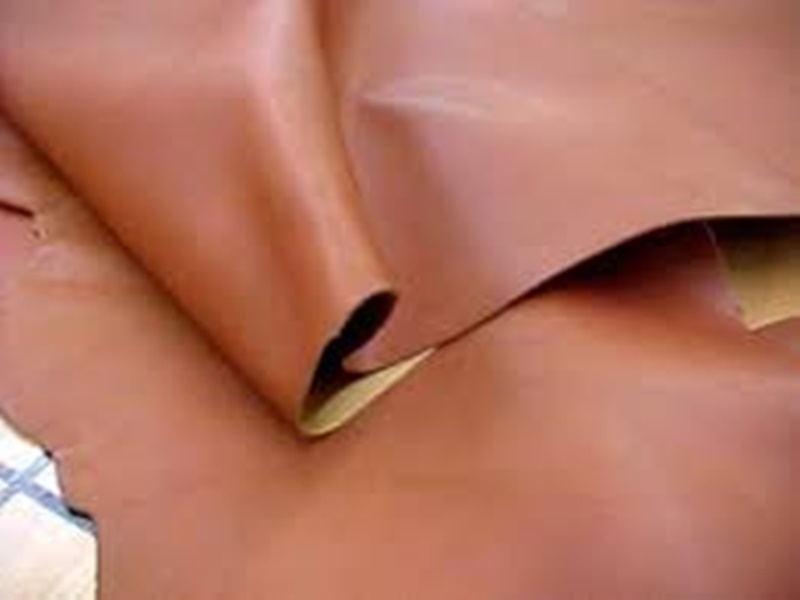
On the other hand, real leather is derived from animal hides, expertly treated to enhance its durability and quality. The most commonly used hides are from cows, although leather can also be sourced from other animals like pigs, sheep, and goats. Real leather is known for its high durability, flexibility, and luxurious feel.
In terms of quality, real leather is often considered superior to sheep crust raw material. Real leather has a longer lifespan, thanks to its durability and resistance to wear and tear. It ages well and develops a rich patina over time, adding to its character and charm. The high-quality craftsmanship and attention to detail that go into the production of real leather make it a sought-after material in the fashion and luxury industries.
Advantages of Sheep Crust Raw Material vs Real Leather

While real leather may be the preferred choice for many, sheep crust raw material does have its advantages. One of the key advantages is its affordability. Sheep crust raw material is generally less expensive than real leather, making it a more accessible option for those on a budget. Additionally, sheep crust raw material shares some similarities with real leather in terms of texture and appearance, making it a viable alternative for those who desire the leather look without the hefty price tag.
Another advantage of sheep crust raw material is its lighter weight compared to real leather. This makes products made from sheep crust raw material more comfortable to wear or carry, especially for accessories such as bags and wallets. The lighter weight also contributes to a more relaxed and casual aesthetic, which may be preferred in certain contexts.
Disadvantages of Sheep Crust Raw Material vs Real Leather
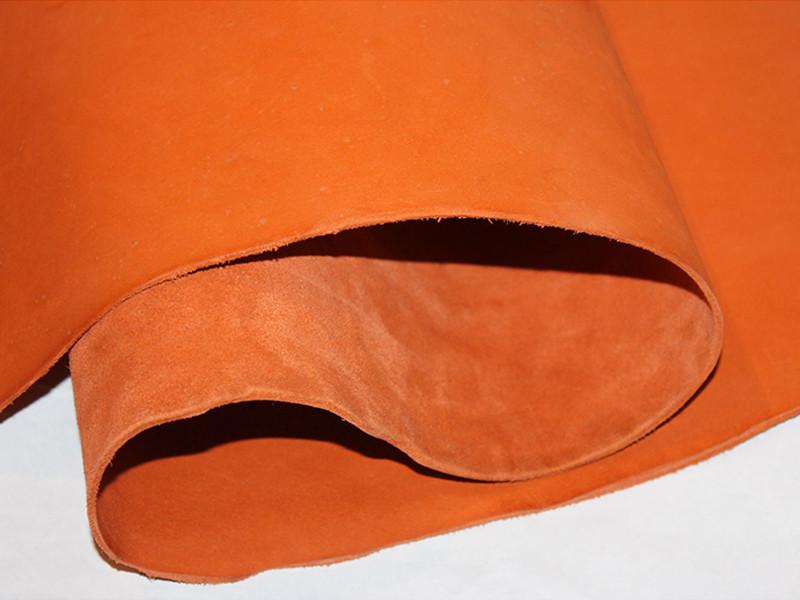
Despite its advantages, sheep crust raw material does have some disadvantages when compared to real leather. Firstly, sheep crust raw material is generally less durable than real leather. It may not withstand consistent use and exposure to the elements as well as real leather. Over time, sheep crust raw material can show signs of wear, such as peeling or cracking, which can negatively impact the appearance and lifespan of the product.
Another disadvantage of sheep crust raw material is its limited availability. Unlike real leather, which can be sourced from various animal hides, sheep crust raw material can only be obtained from sheepskin. This limits the variety of products that can be made from sheep crust raw material, as well as the design options available to manufacturers.
Furthermore, sheep crust raw material may lack the same level of prestige and perceived value that real leather possesses. Real leather has long been associated with luxury and craftsmanship, which can influence the perception of a product. Sheep crust raw material, while visually similar, may not carry the same sense of exclusivity or authenticity for those who prioritize these qualities.
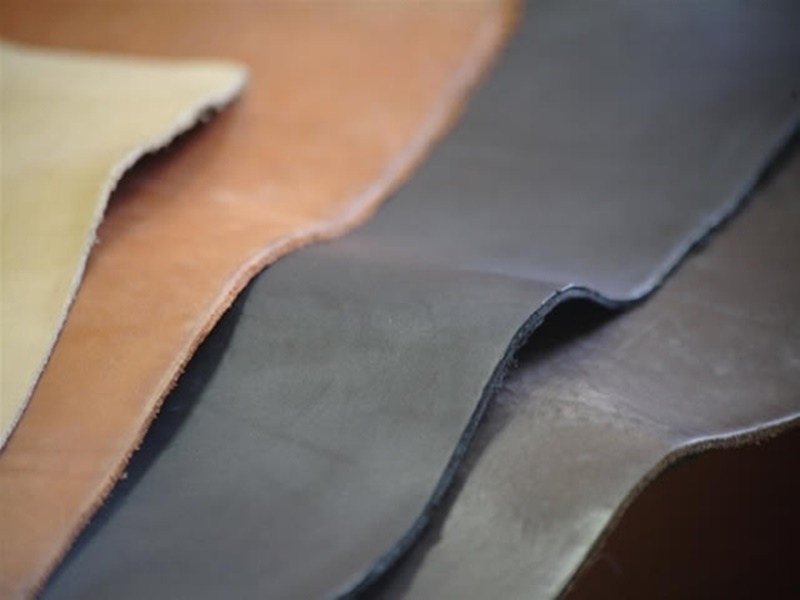
In conclusion, sheep crust raw material and real leather are two distinct materials with their own set of advantages and disadvantages. While sheep crust raw material may offer affordability and a leather-like appearance, real leather provides superior durability, luxury, and longevity. The choice between the two ultimately depends on individual preferences, budget, and the specific application of the material.
